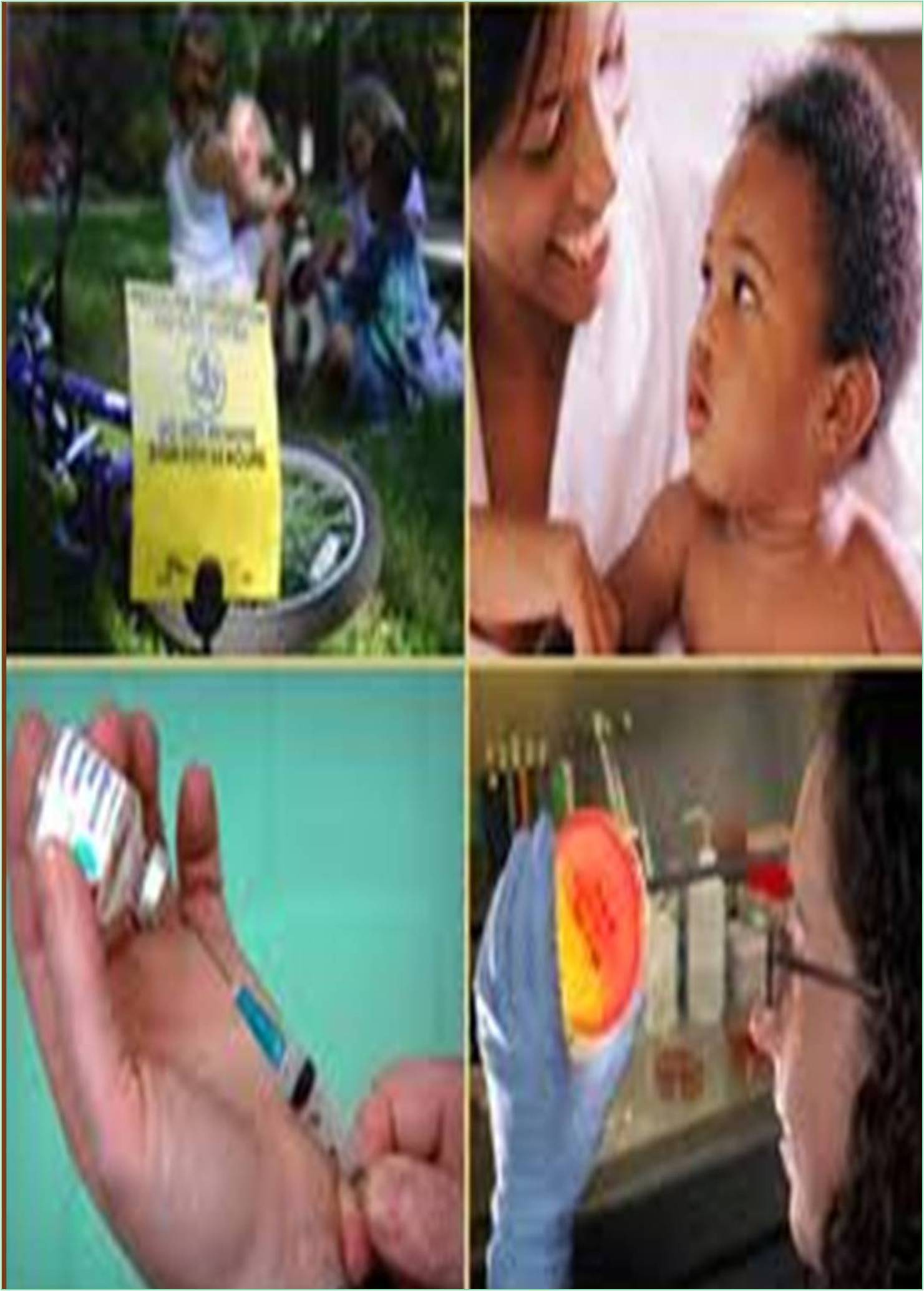



Received: 02-Feb-2022, Manuscript No. GJPHE-22-59815; Editor assigned: 04-Feb-2022, Pre QC No. GJPHE-22-59815 (PQ); Reviewed: 18-Feb-2022, QC No. GJPHE-22-59815; Revised: 21-Feb-2022, Manuscript No. GJPHE-22-59815 (R); Published: 28-Feb-2022, DOI: 10.15651/2465-7557.22.10.219
Epidemiology of Aging track is intended for doctoral and postdoctoral students who wish to learn about the unique health challenges facing older adults. It aims to provide advanced training to epidemiologists interested in the major public health and medical problems relevant to older adults, the conceptual and methodological framework that form a basis for studies of older populations. In the Aging track, faculty and college students examine the public health importance of Epidemiology aging Societies through course work, and research projects. Students in the program benefit from course work in epidemiology, biostatistics, and gerontology offered in departments throughout the school. Students learn about the challenges posed by changes in physical functioning and cognitive functioning, as well as the impact of multi-comorbid diseases in older adults.
There are 3 types of epidemiology of aging are biological, psychological, and social. Epidemiology is the study of the distribution and determinants of health-related states and events in specified populations neighborhood, city, state, and country, global. Epidemiology of aging is likely caused by a combination of reasons. Some theories suggest cells have a predetermined lifespan, while others claim it is caused by error and damage. Other theories say that aging is due to genetic, biochemical reactions.
Analyses by age are most widely used tools from the epidemiological aging toolbox. They are commonly used to adjust for confounding to assess effect modification. Geriatric epidemiology deals with the application of epidemiological techniques to the examine of elderly persons. Epidemiology of aging is neither a simple replication of studies carried out in younger adults transposed to another collective nor a departure from basic principles.
The most notable exogenous elements influencing degree of aging were sun exposure and smoking. Other possibly contributory lifestyle factors consist of alcohol consumption, stress, disease, and medication. An infection disease epidemiologist works to understand the effects of diseases on a population. This can include studying new diseases like COVID-19 and researching established diseases like HIV, AIDS. The overall prevalence rates for almost all conditions associated mostly with old age would raise through more than 25 percent and health care requirements would grow more rapidly than the population more than twice as rapidly in the case of medical institution stays if the rates for each age organization remained constant.
The population of the world is epidemiology of Aging. For the first time in history, worldwide there will soon be more adults aged sixty five and older than children aged five and younger. As a result, there is an urgent need for public health professionals who specialize in epidemiology of aging to address the needs of this growing segment of the population. In the Aging track, faculty and college students examine the public health impact of aging societies, and the multi factorial changes associated with aging that make health issues for older persons important.
Five major responsibilities of epidemiology of aging in public health practice were identified: public health surveillance, analytic studies, and evaluation. Describes the basic epidemiology of aging principles, and procedures. Provides a solid foundation for the study and teaching of applied epidemiology of aging. Explains how to calculate and interpret frequency measures rations, and rates and measures of central tendency. They are different types of epidemiologists are Applied, Clinical, Chronic Disease, disaster, Environmental, Genetic and Infectious Disease Epidemiologists.